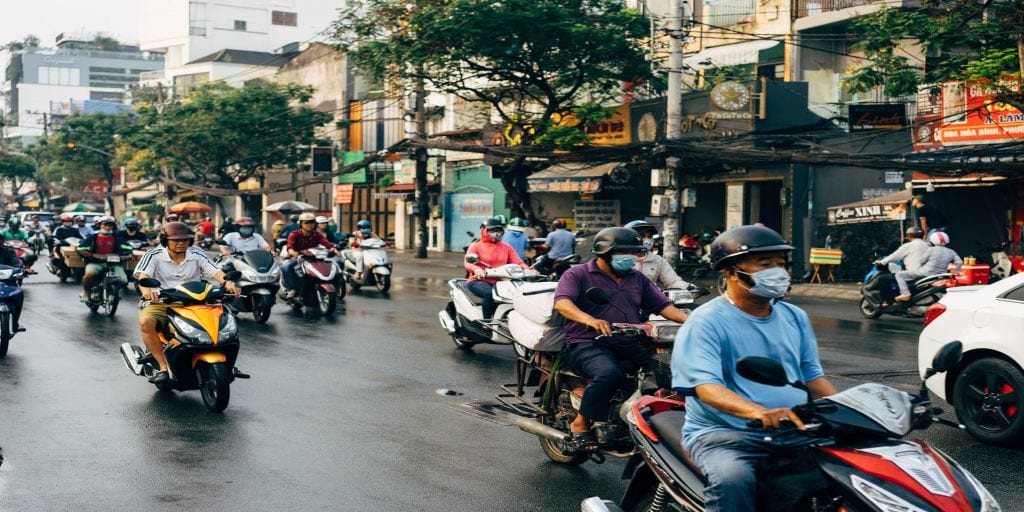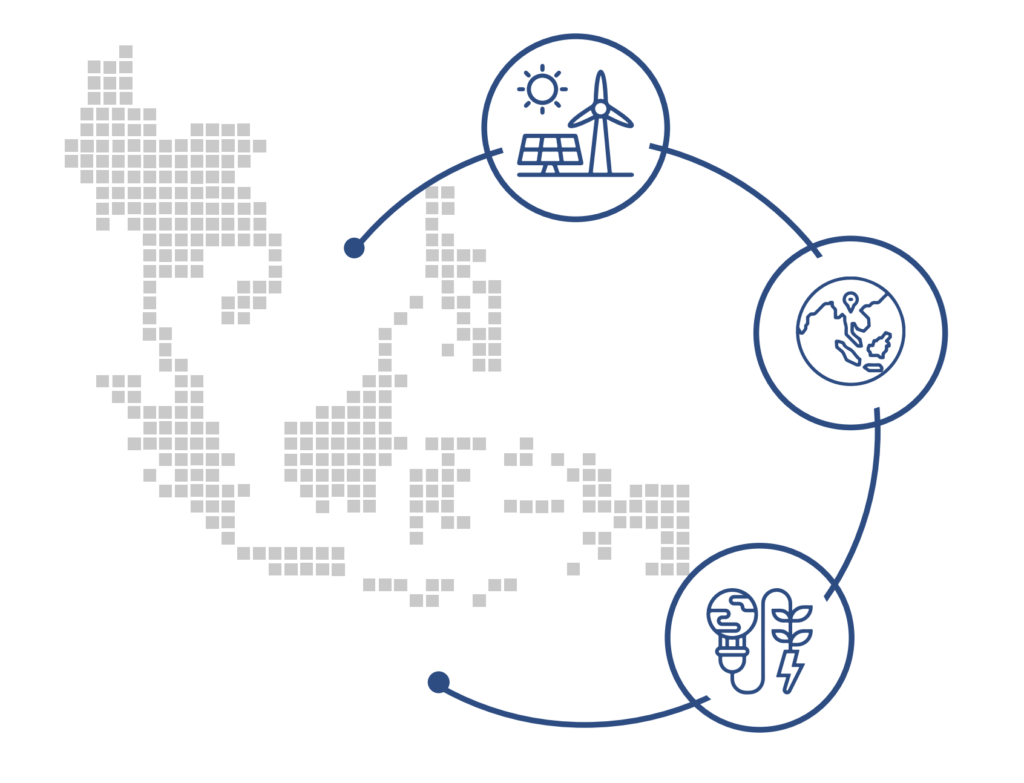Cambodia
Country indicators
GDP per capita - gross domestic product divided by midyear population. GDP is the sum of gross value added by all resident producers in the economy plus any product taxes and minus any subsidies not included in the value of the products. (Source: World Bank)
GDP per capita (USD):
1,212.03
Fossil fuel subsidies (USD, billions) - All consumer and producer pre-tax subsidies. Pre-tax consumer subsidies exist when energy consumers pay prices that are below the costs incurred to supply them with this energy. (Source: IMF)
Fossil fuel subsidies (USD, billions):
n/a
Fossil Fuel Subsidies as % of GDP - All consumer and producer pre-tax subsidies as percent of a country’s GDP. (Source: IMF)
Fossil fuel subsidies (% of GDP):
n/a
Fossil Fuel Subsidies with externalities as % of GDP - All consumer and producer post-tax subsidies. Post-tax consumer subsidies exist if consumer prices for energy are below supply costs plus the efficient levels of taxation. (Source: IMF)
Fossil fuel subsidies with externalities (% of GDP):
1.98
Revenue from environmentally related taxes as % of GDP - All revenue from environmentally related taxes - defined as any compulsory, unrequited payment to general government levied on tax-bases deemed to be of particular environmental relevance – as percent of a country’s GDP. (Source: OECD)
Revenue from environmentally related taxes (% of GDP):
n/a
Carbon pricing gap - Measure of how much countries fall short of pricing carbon emissions in line with a EUR 60 benchmark value (midpoint estimate of the carbon costs in 2020 and a low-end estimate for 2030). The difference is presented as percentage: If the Effective Carbon Rate (ECR) on all emissions is at least as high as the benchmark, the gap is zero, and if the ECR is zero throughout, the gap is 100%. (Source: OECD)
Carbon Pricing Gap (%):
n/a
News

Southeast Asia could lose $28 trillion if it fails to act fast on climate change, report finds
2021-09-07
Southeast Asia’s economy is set to lose trillions over the next 50 years if it does not significantly reduce its carbon emissions, a Deloitte report found.
Policy Briefs

Integrated Approach to Green Fiscal Consolidation for ASEAN (ASEAN Centre for Energy Repost)
2023-12-01
Highlights This Policy Brief was written by Halimah Badioze Zamanaa, Hazleen Arisaa, Nora Yusmaa, Rika Safrinabb, and Silvira Ayu Rosaliab a Universiti Tenaga Nasional (UNITEN) b ASEAN Centre for Energy

Cambodia – Country profile
2017-03-30
Background Cambodia, which is bordered by Thailand, Vietnam and Laos, has a total area 181,035 square kilometers. Its key natural resources are oil and gas, timber, gemstones, iron ore, manganese,



